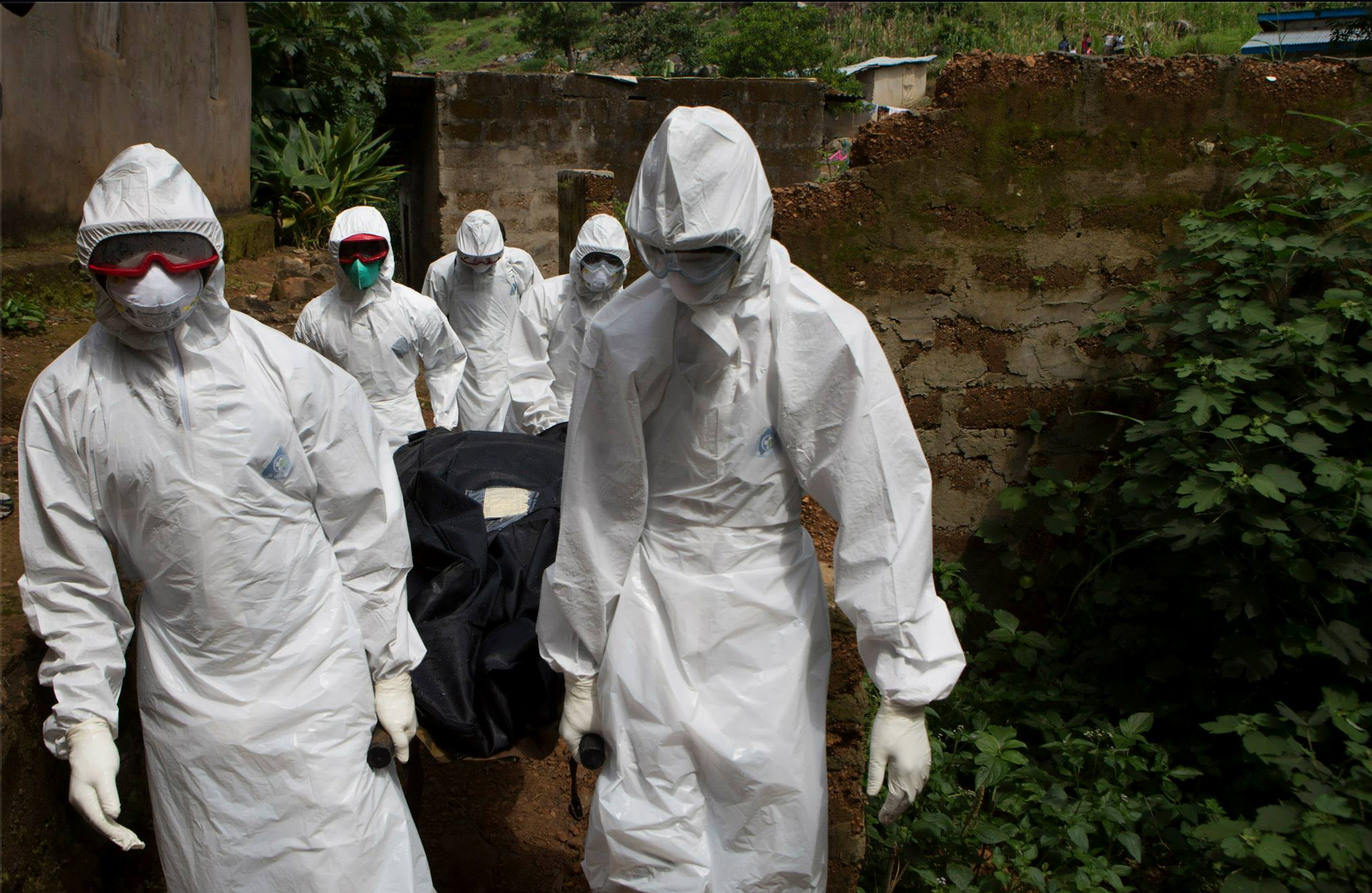As schools prepare to re-open on February 2nd in Liberia, following an 8 month hiatus due to the Ebola crisis, the government announced last week that it was down to only five Ebola cases country-wide, according to Deputy Health Minister Tolbert Nyenswah. The minister also indicated last week he believes Liberia can be Ebola-free by the end of next month, an extraordinary achievement and a testament to the hard work and dedication of the organizations – local and international – who have been fighting against the disease for nearly a year.
But a closer look at the current Ebola case-load in Liberia seems to tell a slightly different story than what Nyenswah is portraying. Indeed, a January 25 Situation Report prepared by the Liberian Ministry of Health for the NGO and Ebola response community says that there have been 142 new “probably and suspected”cases between January 19 and 25 – 98 of which are in Montserrado County, where the capital, Monrovia, is located. The report also shows that there have been 20 laboratory confirmed cases between January 5 and 25, a figure which also appears on the WHO’s Ebola dashboard. The Liberian Ministry of Health’s Jan 25 Situation Report also shows that there are currently 35 individuals in Ebola Treatment Units (ETUs) across the country. The largest of those treatment centers, ELWA-3 in Monrovia, managed by MSF, reports having only 2 Ebola patients being treated at the moment, and is beginning to reduce their capacity.
Even if the Deputy Minister of Health’s announcement seems to be perhaps overly optimistic, the Ebola crisis in Liberia is genuinely abating. The efforts of healthcare – and social – workers, in treating the disease and raising awareness and understanding of the disease have been successful. And, even though, according to the WHO guidelines, the outbreak will considered over only when 42 days have passed since the last case has twice tested negative for the virus, it is still important to acknowledge the positive progress, particularly as the outbreak could have gotten much worse – worst case scenarios were extremely dire – before it got better.
President Sirleaf announced this week that 13 of the 15 counties have not reported new cases in 21 days (which doesn’t necessarily mean there haven’t been any), and that the main ETU in Lofa county – the original epicenter of the outbreak – is closing. But the reality is that there are still hundreds of people in Liberia who are in the 21 day monitoring period, though this is now restricted to a couple of counties.Contact tracing is essential to quelling the outbreak, and is what makes it possible for healthcare workers to identify Ebola patients early in the disease’s progress, reducing the risk of further infection for others, and the risk of death.
“We should not be overoptimistic or complacent,” warns Dr. Imanol Berakoetxea from the EU Humanitarian Aid and Civil Protection department (ECHO) in Liberia, noting that “one case is already an epidemic, and can re-start an outbreak anytime, anywhere.”
Still, some optimism in Liberia is warranted. At one point, in September, the total number of new ebola cases in the region was doubling every three weeks. Now, the number of cases is dwindling to the point that and eradication strategy can be expected in the not-to-distant future. But as the bright lights of media attention turn away from the worst-ever Ebola outbreak in history, it is critical for political and humanitarian actors to remain flexible and to focus on the long-term capacity to deal with Ebola in West Africa. Eradication may come soon. But the long term recovery effort has just begun.
